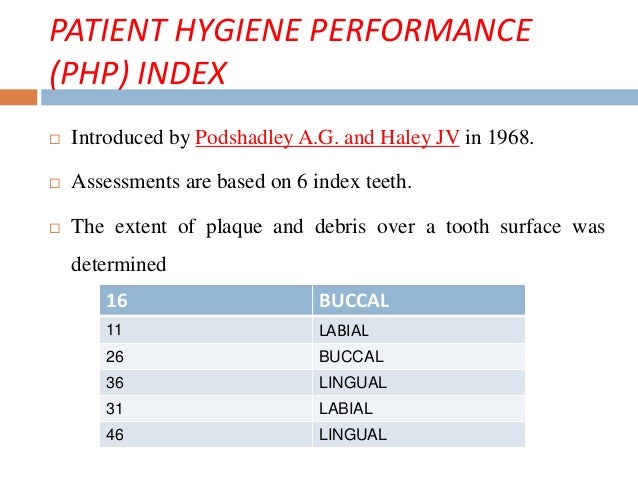
That means that Sass must be translated into CSS before it can be sent to and rendered in the browser. It’s important to understand that the browser really only understands four basic front-end technologies: HTML, CSS, JavaScript and media formats. Centralizing colors – or any other value – into Sass variables makes on-the-fly design changes very easy. This will remain true no matter how often you reference the $primtext variable throughout your code. Adjust the value of the variable, and the color of the text will change accordingly. Then at the top of the CodePen CSS window, type the following:Īnd adjust the CSS immediately below it to:īody Since CodePen also supports Emmet shortcuts, you could have typed h1, hit TAB on your keyboard, then entered the text content. Click in the HTML tab and type the following: We’ll need some content on the page to see this effect. With a CSS preprocessor, you can use variables now, the Sass way. CSS variables are coming to the standard W3C specification, but it will be years before they can be used in production. If preprocessors had to justify their existence on one sole feature, it would be variables. But sometimes there’s no way to avoid the question of “what was that color again?” And we all know the results: redundant declarations scattered throughout the stylesheet, or, even worse, best guesses at the color. Sometimes you can avoid having to dredge up the past by using CSS inheritance having a strong, authoritative site style guide also helps. In this article, we’ll start by using just one standout Sass feature.Īs a web development project grows, things get forgotten. You don’t need to learn an entire syntax all at once.
#Index.php codekit how to
Don’t know how to accomplish something in Sass? That’s fine: do it in CSS, right in the same stylesheet. Bottom line: you only need ever take on the Sass that you’re willing to use. You should see the preview pane light up with a new background: no new syntax required. Let’s prove that: type the following into the CodePen CSS panel: In fact, you could write only vanilla CSS in a Sass file and everything would come out perfectly okay.

The first thing to realize is that, as a preprocessor, Sass supports everything that’s possible in CSS. Both methods continue to be supported, but for the sake of clarity (and to ease the transition from CSS into Sass) I’ll use the. sass syntax relies on indentation and line returns.

scss syntax is very similar to CSS: it uses curly braces and semicolons for declarations, whereas the original. With version 3, Sass syntax took two possible paths: the original Sass syntax, and the new.

That’s it: you’re now ready to start coding with Sass. Click again on the same icon (or anywhere else on the screen) to close the window.


 0 kommentar(er)
0 kommentar(er)
